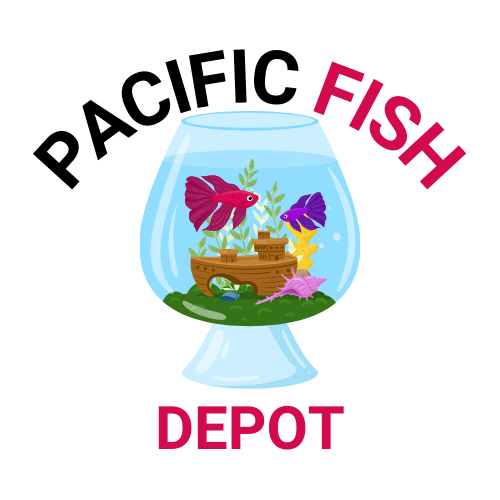No products in the cart.
Choosing the right tank size for your space
Choosing the right tank size for your space
Choosing the Right Tank Size for Your Space
When starting an aquarium, one of the most important decisions you’ll make is the tank size. The size of your aquarium affects not only your fish’s health but also your budget, maintenance routine, and the way it fits into your home.
Here’s a practical guide to help you choose the right tank size for your space.
🔹 Why Tank Size Matters
Water stability: Larger tanks are more stable, making it easier to maintain healthy water conditions.
Fish health: More swimming space reduces stress and aggression.
Aquascaping freedom: Bigger tanks allow room for plants, rocks, and decorations.
Maintenance: Smaller tanks may seem easier but actually require more frequent care.
🔹 Common Tank Sizes for Beginners
1. 5–10 Gallons
✅ Good for: Bettas, small nano fish, shrimp tanks.
⚠️ Cons: Limited stocking options, water quality changes quickly.
🏡 Best for: Tight spaces like dorms or small apartments.
2. 20–30 Gallons
✅ Good for: Beginners who want variety (tetras, guppies, mollies, corydoras).
⚠️ Cons: Requires a bit more space and stronger stands.
🏡 Best for: Small living rooms or bedrooms.
3. 40–55 Gallons
✅ Good for: Larger communities, small cichlids, or planted aquariums.
⚠️ Cons: Heavier and harder to move once filled.
🏡 Best for: Dedicated corners or sturdy furniture spaces.
4. 75 Gallons and Above
✅ Good for: Big fish like Oscars, Arowanas, or even saltwater reef tanks.
⚠️ Cons: High cost, heavy weight (must sit on a reinforced stand).
🏡 Best for: Spacious homes or hobbyists with dedicated fish rooms.
🔹 How to Match Tank Size with Your Space
Measure your space – Check available floor and wall space. Leave room for equipment access.
Consider weight – Water weighs ~8.34 lbs per gallon. A 55-gallon tank can weigh over 600 lbs once set up.
Placement – Avoid direct sunlight (causes algae) and high-traffic areas (stress for fish).
Future-proofing – If you think you’ll upgrade soon, consider starting with a slightly larger tank.
🔹 Pro Tips
Always use a sturdy aquarium stand (not regular furniture).
Bigger tanks = more forgiving water chemistry, great for beginners.
Think long-term: A slightly larger tank often costs less than upgrading later.
🎯 Final Thoughts
The “right” aquarium size depends on your space, budget, and goals. For most beginners, a 20–30 gallon tank is the sweet spot—large enough to be stable but compact enough to fit into most homes. Choose wisely, and you’ll create a thriving aquatic environment that both you and your fish will enjoy.

